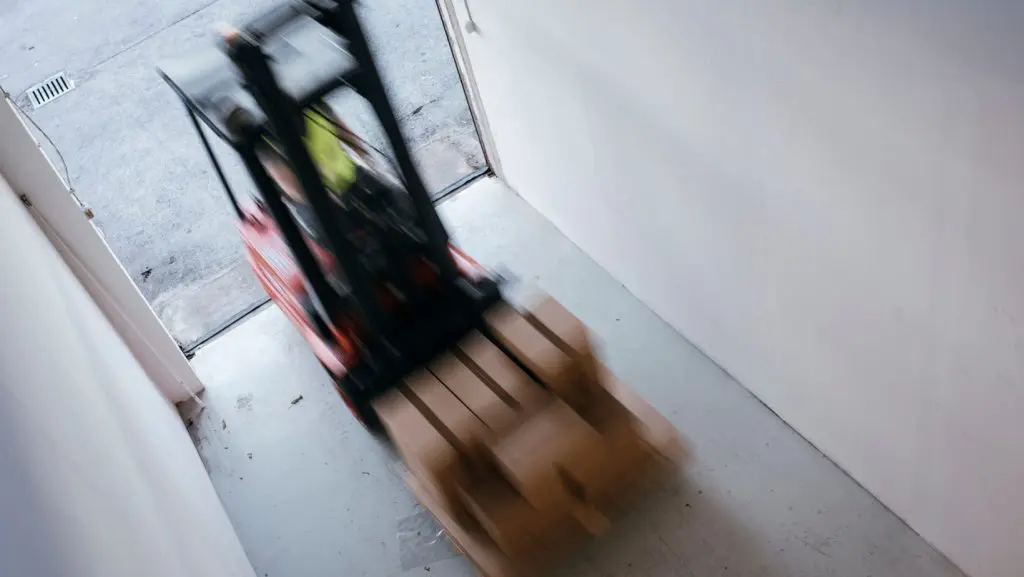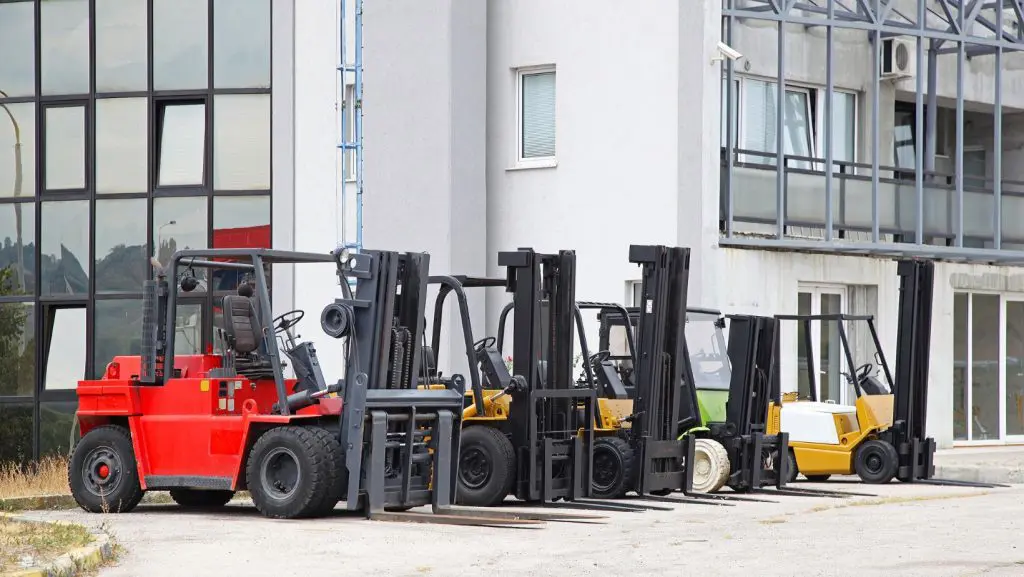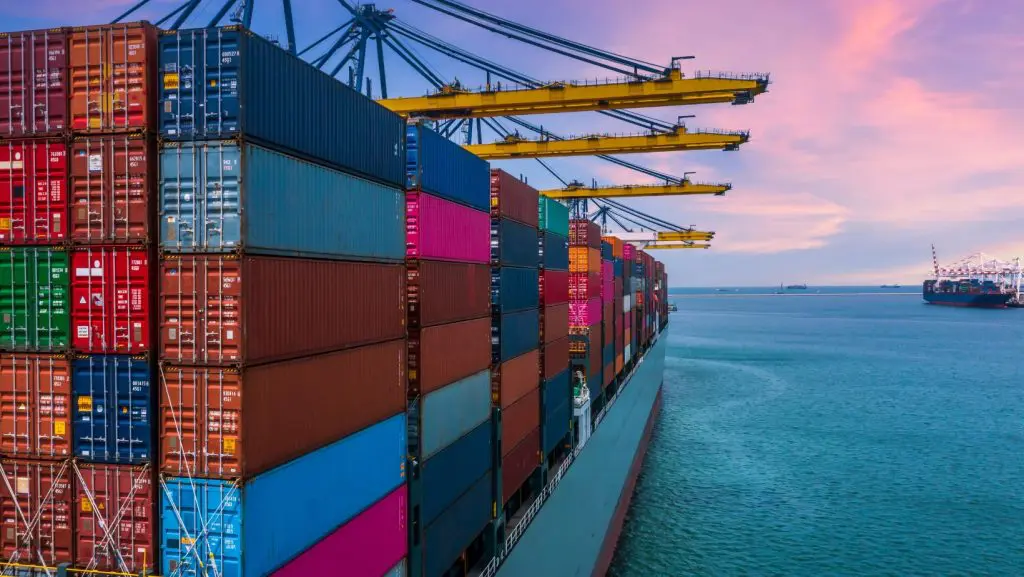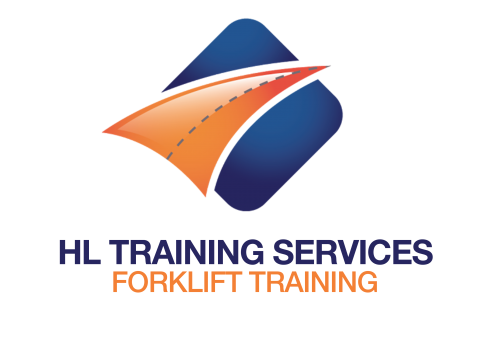How to Pass Your Practical Forklift Test
Like a normal driving test, for most people, the easiest part of gaining a forklift driving certification is the theory or written exam, not the practical driving test. Applying what you have learned from the theory to driving a forklift can be difficult. But with practice and a good knowledge of best practices, you can easily pass your practical forklift driving test and gain a forklift driving certification in no time.
In this guide, we answer your burning questions from why you need a forklift driving certification to how the practical test is marked. Let’s look at how you should prepare for your forklift certification.
- Do I Need a Forklift Driving Certification?
- What Do I Need to Do to Gain a Forklift Driving Certification?
- Forklift Driving Certification: The Written Exam
- What Does the Practical Element of a Forklift Test Entail?
- Can You Fail a Forklift Test?
- Tips for Passing Your Practical Forklift Test
- Improve Your Chances of Gaining a Forklift Certification with HL Training
Do I Need a Forklift Driving Certification?
It is an employer’s job to ensure all staff are trained to complete their jobs in a safe manner. This means businesses should ensure their employees obtain a forklift driving certification to equip their employees with the skills required to drive a forklift. Most companies also look for some form of forklift certification from an accredited body when they are looking to hire, so it is a good idea to gain a forklift certification when you can.
What Do I Need to Do to Gain a Forklift Driving Certification?
A forklift certification test is made up of three components: the written exam, the practical driving test and the pre-use check test. The written exam (or theoretical exam) ensures you have the knowledge to safely operate a forklift, including identifying hazards, how to lower and raise the forks with a load, and the correct way to maintain a forklift. The practical element is a driving test. This portion of the test requires you to put your theoretical knowledge to use and demonstrate how you would handle different situations. Finally, the pre-use check test assesses your ability to complete a visual inspection of the forklift and carry out the appropriate functional tests, such as testing the forks and brakes, before operating the truck.
Once you have successfully completed both of these exams, you will receive a forklift driving certification. But it is not as easy as that. Passing both your written and practical exams will entail learning the content thoroughly and practising operating a forklift. To ensure you have the best chance of passing your forklift certification exams, you should choose a training provider that helps you through the learning process and exam.
At HL Training, we offer a range of forklift operator training courses for various different forklift trucks. Why not take a look at our courses here?
Forklift Driving Certification: The Written Exam
The written exam element of a forklift certification assesses your knowledge of different forklift operating topics. This includes but is not limited to:
- Preventing Hazards and Dangers
- Correct Use of Alarms, Hazard Lights, and Horns
- How to Lower and Raise the Fork Arms
- How to Maintain a Forklift Truck
- Refuelling and Recharging the Vehicles
- And More…
What Does the Practical Element of a Forklift Test Entail?
The practical element of a forklift test requires you to demonstrate what you have learned from the theory component. This allows examiners to assess your ability to operate a forklift in real-life situations, ensuring you have the knowledge to drive a forklift truck safely. You will be asked to demonstrate some techniques during the practical test, such as:
- How to Make a Sharp or Right-Angle Turn in a Confined Space
- How to Position and Manoeuvre a Load Safely Onto the Fork Arms
- Safely Manoeuvre a Load to a Second Location
- How to Reverse a Forklift Truck Safely
- Use the Brake and Put the Truck in a Standby Position
- How to Securely Stack Loads
Forklift Operation Safety
A forklift driving test is not just about how you operate a forklift but also whether or not you follow safety procedures. You must ensure you demonstrate safety guidelines by:
- Wearing a Seatbelt
- Using Turn Signals
- Driving at Appropriate Speeds
- Carefully Handling Ramps and Other Obstacles
- Safely Travelling Through Areas with Obstructed View
- Ensuring the Safety of Pedestrians
Can You Fail a Forklift Test?
Like a driving test for a car, you will be marked on how many faults you make. However, the points system is a little different. For a forklift driving test, there are different levels of penalty points. These are:
- Serious = 5 Points
- Mid-Range = 3 Points
- Minor = 1 Point
To pass, you must not gain more than 40 points. It must be noted that if you make 4 serious faults, you will automatically fail no matter how many points you have at that point.
An examiner will judge you on various criteria, including your speed, observation skills, reaction times, use of the forklift correctly, awareness of potential hazards, and inspection of the forklift before operation. You may receive a point if you fail to meet the examiner’s expectations.
Serious faults are usually more obvious. For example, you will receive a serious fault if you have poor judgment, do not secure the forklift correctly, or do any other actions that would compromise your safety or that of others.
Tips for Passing Your Practical Forklift Test
Tests can be daunting, but with plenty of practice and revision, you can pass your forklift certification test. Here are a few tips you could use to ensure the best chance of success:
- Practice on the Course Set-Up: You could ask your examiner what the course set-up will be and if you can use that dedicated course to practice or ask your employer if you can create a similar set-up at your workplace. Remember, practice is key!
- You Should Always Wear Your Seatbelt: Just like when you are driving a car, you must always wear a seatbelt when operating a forklift!
- Stay Focused and Concentrate at All Times: Mental preparation is just as important as revising. During your test, be aware of all your surroundings to avoid losing points on silly mistakes.
- Don’t Forget to Use the Horn: This is a common mistake that you could avoid! When turning around blind spots or corners, you should ensure you are using your horn so that others around you are aware you are approaching.
- Stay Calm: Above all else, when it comes to the day of the exam, you should try to stay calm. Of course, this is easier said than done, but staying calm will make sure you don’t make any avoidable mistakes and increase your chances of passing the exam.
Improve Your Chances of Gaining a Forklift Certification with HL Training
To increase your chances of passing the forklift test, you could opt to train with a training provider like us. At HL Training, we offer a range of forklift operator training courses that ensure your employees are well-equipped with the knowledge to operate forklifts safely. No matter how experienced your staff are or what type of forklift truck you require training in, we have a training course for you. Take a look at our forklift operator courses today, and get in touch if you have any questions.
FAQs
How hard is it to pass a forklift test?
Practical forklift tests are designed to be fairly difficult to ensure forklift operators are handling these large pieces of machinery safely. This is in the best interest of the forklift operators and other employees who work in the area.
However, with the correct training and a good amount of practice, you can increase your chances of passing the forklift operator exam. Training from a provider such as HL Training ensures you have everything you need to complete the course successfully and gain your forklift operator certification. Take a look at all of our forklift operator courses today.
What is the practical test for forklifts?
The practical element of a forklift operator test is used to assess your ability to put what you have learned from the theory element into practice. Some key areas you will be assessed on include:
- Safety Procedures
- How to Make a Sharp or Right-Angle Turn in a Confined Space
- How to Position and Manoeuvre a Load Safely Onto the Fork Arms
- Safely Manoeuvre a Load to a Second Location
- How to Reverse a Forklift Truck Safely
- Use the Brake and Put the Truck in a Standby Position
- How to Securely Stack Loads
Can you fail the forklift test?
Yes, you can fail the forklift operator test. The practical component of the forklift exam is judged on a point-based system. You will receive points depending on how many faults you commit and the severity of them. You will fail the test if you gain over 40 points or commit three serious faults.
How old do I have to be to take a forklift driving test?
You must be of school leaving age to be able to operate a forklift, however, you are not required to own a car driving license.
Related Articles
How Long Does Forklift Certification Last?
